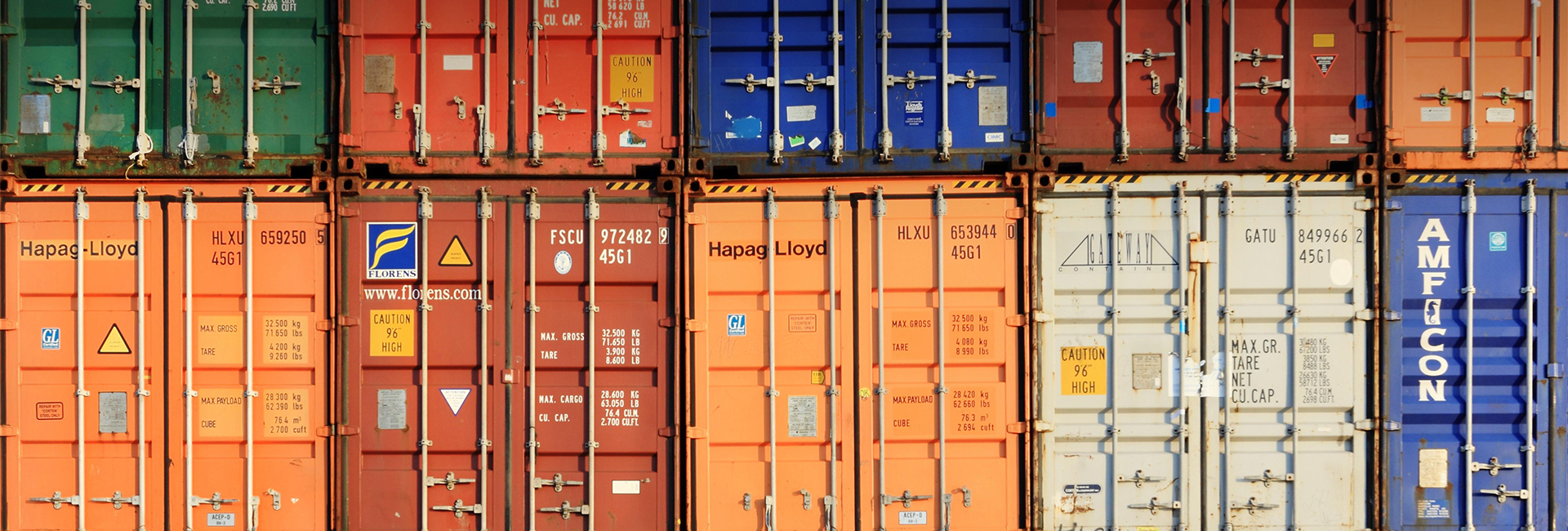Russian eCommerce took off in 2018 – so it’s a lucrative time to launch your brand’s online shop in Russia. Here’s how to engage your customers and build your online presence for eCommerce in Russia.
Every year, Hootsuite and We Are Social compile a report on the state of eCommerce in Russia. And the improvement between 2018 and 2019 is staggering. In the past month:
- 81% of Russians searched for products online (up 18%).
- 82% visited an online retail store (up 15%).
- 58% actually bought something (up 12%).
- Consumers spent an average of $215 across the year (up 11%).
Russians are searching for and buying more products online than ever before. And this trend will only continue – the eCommerce market is set to triple in the next five years.
Now is a good time for many consumer brands to invest in eCommerce in Russia.
STAY GLOBAL
Good news for international brands: Russians love foreign products. In fact, 49% prefer them over domestic goods.
Russia’s import tariff system favors international companies, too. Small packages sent to Russians from other countries aren’t currently taxed. Conversely, Russian companies are taxed heavily for their imports, driving up domestic prices.
It’s also getting easier for global brands to sell online in Russia. AliExpress – the international eCommerce site of Chinese behemoth Alibaba – was already the most visited online store in Russia. But in 2018, Alibaba launched a joint venture with Mail.ru to tighten its grip on the market.
In 2018, Yandex – Russia’s leading search engine – also released two new eCommerce platforms. One of them, Bringly, is specifically designed for cross-border shopping. The site makes it easy for Russian consumers to buy products from other countries. So don’t forget to incorporate it into your eCommerce strategy.
It’s worth keeping in mind that Russian consumers are unlikely to use price aggregators to discover products. If they can’t find what they want in one store, they’ll look at other known stores before resorting to a search engine. So taking the time to build brand engagement in Russia will undoubtedly pay off.
LOCALIZE YOUR CONTENT
eCommerce opportunities in Russia may seem relatively straightforward for international brands. But it’s still important to localize and personalize your content.
Russia has one of the lowest English proficiency levels in Europe, so website and eCommerce stores should be localized into Russian. This has not been a strength for international brands in the past. A 2016 study showed only 19 luxury fashion brands had a Russian website – Prada and Gucci simply redirect Russian consumers to their global English site. Investing in localization will give brands an advantage over competitors in the region that haven’t taken that step.
Russians place great importance on personal service in their own language. Russian consumer trust is generally low, so they want to speak to sellers on the phone or via web chat. It’s why brick-and-mortar stores are still more popular in Russia than online shops. To fully engage the Russian market, you’ll need a fully localized comms program – from first impression to post-sales support.
When thinking about appealing to “the Russian consumer,” consider that Russia is the largest country in the world – it’s a long way from Moscow to Vladivostock. While Moscow and Saint Petersburg account for the majority of Russia’s population, don’t forget about rural regions. Consumers in these locales have less access to physical stores, which makes online shopping increasingly appealing – especially as the eCommerce infrastructure improves.
DELIVERY AND PAYMENT METHODS
While Russia is in many ways welcoming of international eCommerce, selling in Russia can still be logistically tricky.
Cross-border commerce levels are still relatively low due to limitations in the delivery infrastructure. It can take 15-30 days for an order to arrive in Moscow – for more remote regions, even longer wait times can put consumers off.
As a result, carefully plan your delivery methods before launch. You also need a good understanding of local import rules and customs process to avoid delivery issues.
Russian infrastructure is improving, though, and more and more delivery options are becoming available. This will continue as rural eCommerce demand grows.
Another challenge relates to payment. Only 20% of Russians have a credit card. Plus cybersecurity and legal concerns mean trust is very low. An overwhelming majority of Russians prefer to pay cash on delivery, so retailers now offer try-before-you-buy options on the doorstep. Customers are free to put the item back on the truck if they don’t want to pay. To compete, you’ll need to offer this option, too.
Online payment is on the rise, though. In 2018, only 18% of consumers paid online, rising to 40% in 2019. This is partially due to the growth of services like Yandex Money, Visa QiWi Wallet, and WebMoney. They offer physical terminals as well as online systems to help improve security.
Although mCommerce has yet to take off in Russia, it’s a growing trend. 23% of Russian consumers bought something on their phone in 2018. In 2019, it increased to 32%. Expect this figure to keep growing as Russian consumers become more comfortable with online payments. Stay ahead of the competition by optimizing your site for mobile and tablet now.
FINAL THOUGHT
This is just the beginning of eCommerce in Russia. For international brands, the current situation in Russia is similar to the start of the Amazon boom in the West. With the right content and strategy in place, eCommerce in Russia could be your brand’s next big step to global growth.


